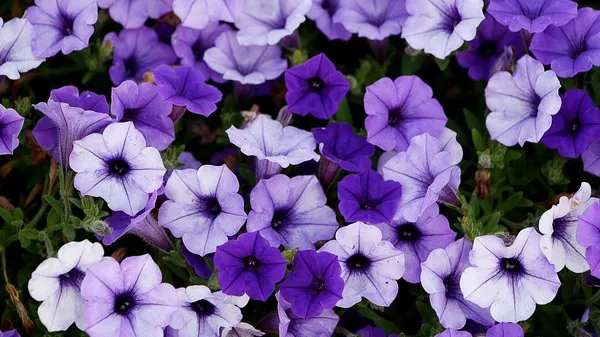In the intricate language of flowers, each blossom carries a hidden message, a symbolic gesture that transcends mere aesthetics. Among these, the lilac flower stands as a graceful and evocative symbol, its delicate petals and enchanting fragrance holding deeper meanings that have resonated across cultures and centuries. In this article, we delve into the world of lilac flowers and the profound symbolism they bear, exploring their history, and cultural significance.
The Lilac’s Blossoming History
Lilac flowers (Syringa) have a storied history that stretches back through time, intertwining with various cultures and narratives. Originating in Southeastern Europe and Asia, lilacs have found their way into gardens and hearts across the world. These flowers have been cultivated for their ethereal beauty and, just as importantly, for the emotions they represent.
The Symbolism of Lilac Flowers
1. Elegance and Beauty
Lilac flowers are synonymous with elegance and beauty. With their soft, pastel hues ranging from pale purples to delicate pinks and whites, lilacs evoke a sense of understated grace. They are often used to convey admiration and appreciation for someone’s natural beauty or aesthetic qualities.
2. Youthful Innocence
The lilac’s delicate petals and gentle fragrance have been associated with youthful innocence and purity. In Victorian times, giving lilacs was a way to convey the innocence of young love or to symbolize the blossoming of a young person’s character.
3. Love and Romance
Lilacs also carry a strong association with love and romance. The flower’s sweet scent has a way of enchanting the senses, making it a popular choice for expressing love and affection. It’s a gentle reminder of the beauty and sweetness that love brings into our lives.
4. Transience and Fragility
Despite their fleeting beauty, lilac flowers have been used to symbolize the fleeting nature of life and the fragile beauty that can be found within it. This symbolism serves as a poignant reminder to appreciate the present moment and the beauty that surrounds us.
5. New Beginnings
Lilacs often bloom in the spring, signaling the arrival of a new season and new beginnings. Their emergence after a long, cold winter is seen as a symbol of hope and renewal, making them a popular choice for events such as weddings and graduations.
Cultural Significance of Lilacs
1. Greek Mythology and Lilacs
In Greek mythology, lilacs are associated with the story of Pan, the god of forests and fields. It is said that Pan fell in love with a nymph named Syringa. To escape Pan’s advances, Syringa transformed herself into a lilac bush. The name “syringa” actually comes from the Greek word “syrinx,” which means “tube” or “pipe,” referencing the hollow stems of the lilac plant. This myth adds an enduring layer of symbolism to the lilac’s story.
2. Victorian Language of Flowers
The Victorian era saw the emergence of the “language of flowers,” a way of expressing emotions and messages through specific blooms. Lilacs were often used to convey youthful innocence, making them a popular choice in bridal bouquets and gifts exchanged between lovers.
3. Eastern Cultural Connections
In Eastern cultures, lilacs also hold significance. In China, lilacs are often associated with the passing of the imperial examination, a milestone in a scholar’s journey. The flower is considered a symbol of scholarly achievement and the rewards of hard work.
4. Botanical Gardens and Conservation Efforts
Lilac flowers, like many other floral species, are cherished elements in botanical gardens around the world. These gardens play a crucial role in preserving and showcasing diverse plant species. They provide not only an opportunity to admire the beauty of flowers but also a platform for education and conservation.
Conclusion
Lilac flowers are much more than delicate blooms adorning gardens; they are vessels of sentiment and meaning that transcend time and space. From their associations with beauty, innocence, and love to their rich cultural history, lilacs hold a place of significance in our lives. As we appreciate the elegance and fragrance of these blossoms, let us also reflect on the beauty and complexity of the emotions they symbolize. The lilac flower invites us to pause, embrace the fleeting nature of life, and find joy in the moments of beauty and renewal that it represents.


